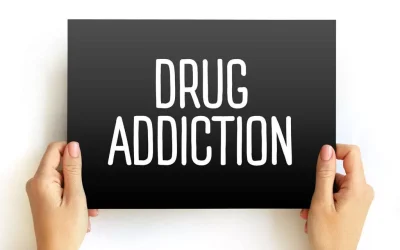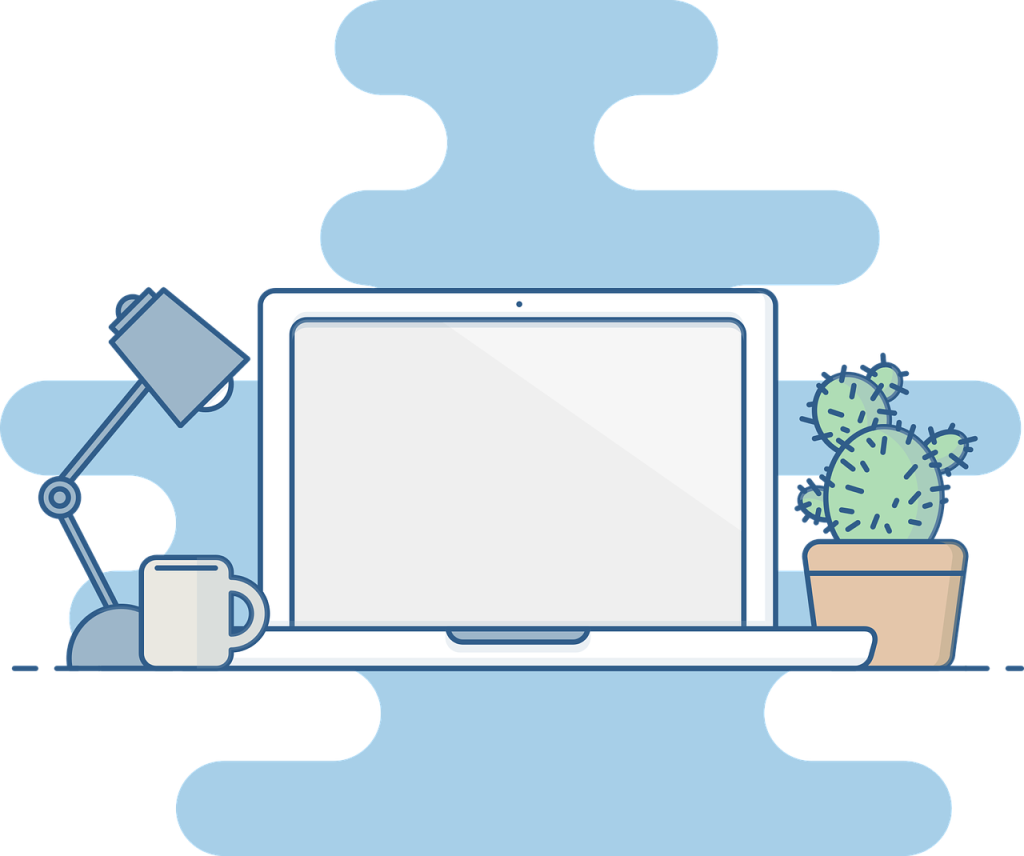Sometimes this occurs as a result of a medical emergency from drug use. Other times this can come from discussions with concerned family and friends. When opioids are misused, and taken in doses or frequencies higher than they are prescribed for, there is a potential for opioid abuse and addiction. Healthcare professionals use specific criteria to diagnose a person with OUD. People with OUD can also find support from various organizations.

Safe Use, Storage, and Disposal of Opioid Drugs
Symptoms of this disease include an overpowering desire to use opioids, increased opioid tolerance, and withdrawal syndrome when opioids are discontinued. Thus, OUD can range from dependence on opioids to addiction.[1] OUD affects over 16 million people worldwide and over 2.1 million in the United States. Strikingly, there are as many patients using opioids regularly as there are patients diagnosed with obsessive-compulsive disorder, psoriatic arthritis, and epilepsy in the United States.
Inslee signs bills combating fentanyl, opioid addiction in Washington state – The Center Square
Inslee signs bills combating fentanyl, opioid addiction in Washington state.
Posted: Fri, 29 Mar 2024 07:00:00 GMT [source]
Funding is Directed Toward People Who Are Especially Vulnerable to Overdose
According to the Centers for Disease Control and Prevention (CDC), there were nearly 645,000 fatal overdoses involving opioids from 1999 to 2021. High doses of opioids can slow a person’s breathing, which may be fatal. Opioid-induced constipation is a common complication in people who use opioid medications. Severe cases can cause considerable pain, blockage and even perforation of the intestines.
What are the symptoms of an opioid overdose?
- It also can be delivered as a once-per-month injection or through thin tubes inserted under the skin that last six months.
- “Abatement is a cheap term when we’re talking about a crisis that is still engulfing and devastating communities.”
- Naloxone is available as an injectable (needle) solution and nasal sprays (NARCAN® Nasal Spray and KLOXXADO®).
- When you become addicted to a drug, it might seem like your body and mind can’t function without the drug.
Like many other medical conditions, evidence-based treatments are available for OUD, but seeking treatment remains stigmatized. Stigma can be a major barrier to how well prevention and treatment programs work amid the opioid crisis. Prescription opioid use disorder, or opioid addiction, is a medical condition that can affect any race, gender, income level, or social class. Some people begin taking prescription opioids to manage pain after a surgery or injury, and some people begin taking them to manage chronic pain. No matter what the circumstance is, prescription opioids can be addictive and dangerous, but recovery is possible. Opioid use disorder (OUD) is defined as the chronic use of opioids that causes clinically significant distress or impairment.
Opioid Abuse
Your treatment plan will depend on your unique needs, and no single treatment works for everyone. If you use opioids or opiates, it’s a good idea to be aware of the signs of addiction and to get help as soon as possible if you’re concerned about tolerance or misuse. CDC’s Rx Awareness campaign tells the stories of people whose lives were impacted by prescription opioids. Signs and symptoms of inhalant use vary, depending on the substance. Some commonly inhaled substances include glue, paint thinners, correction fluid, felt tip marker fluid, gasoline, cleaning fluids and household aerosol products.
Can a person overdose on prescription opioids?
It’s important to recognize what you can do to help address the opioid epidemic. OUD affects more than 2 million people in the U.S., including 3% to 20% of people using prescription opioids. However, those taking prescription opioids aren’t the only people at risk for developing OUD — anyone using opioids can become addicted. signs of opioid addiction If you’re living with lifelong pain, opioids aren’t likely to be a safe and effective long-term treatment option. Many other treatments are available, including less addictive pain medicines and therapies that don’t involve medicines. If possible, aim for a treatment plan that allows you to enjoy your life without opioids.
- Opioid use disorder (OUD) is a mental health condition in which a problematic pattern of opioid misuse causes distress and/or impairs your daily life.
- The term “opioids” is used to refer to fully or partially synthetic compounds.
- “To have these dollars to do that, it’s really been a gift,” said Espling of the Mi’kmaq tribe.
- NOWS is withdrawal among newborns during the first 28 days of life due to long-term exposure to opioids before birth.
- Supreme Court, require that most of the funds be used to combat the crisis.
Risk factors for developing opioid use disorder
It’s also important to talk with your prescribing doctor if you have a personal or family history of substance use disorder. Many people are able to make significant changes in their lives and maintain remission by finding or creating social networks and environments supportive of recovery efforts. Seek out recovery supports, including recovery coaches, and peer recovery services.

Effective communication and coordination among all healthcare team members are integral to a successful approach. Additionally, the healthcare team should empower family members and members of the lay public to support the tenets of OUD care. This may further improve a patient’s chances of successful OUD management. The prevalence of opioid use and dependency varies by age and gender. Opioid-related deaths are highest among individuals between the ages of 40 and 50 years, while heroin overdoses are most common among individuals between the ages of 20 and 30 years. Available as an injection or nasal spray, naloxone (also sold under the brand name Narcan) is a lifesaving medication that can rapidly reverse the effects of an opioid overdose.

